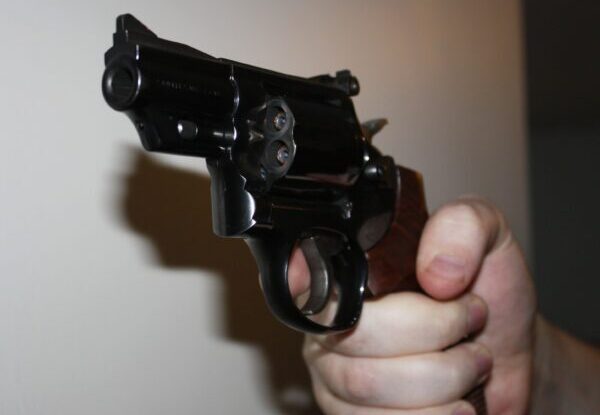
By Dave Workman
Editor-in-Chief
As the murder count in Seattle, Washington creeps toward a new record, and the number of homicides statewide is also rising toward last year’s total, the state Department of Licensing’s monthly report on active concealed pistol licenses is also rising toward a new record.
According two data maintained by two different sites on “X” (formerly Twitter)—no relation to either the Seattle Police Department of Washington State Patrol—Seattle has logged 67 murders (the record high is 69, set in 1994), according to Seattle Homicide. It is not clear whether this figure includes the Thursday morning slaying of a man in the city’s University District.
One click away on “X” at Washington State Homicide, data there says the state has racked up 320 slayings so far in 2023, and with almost two months remaining in the year, there is potential to match last year’s body count of 394.
The rise in active CPLs could be at least in part due to continued news reports about the number of murders in many of the state’s population centers.
Seattle is the hub of King County, and there the number of active carry licenses hit 111,674 at the end of October, the Department of Licensing reported. That’s 342 more active CPLs than the county reported at the end of September (111,332) and it accounts for about half of the total statewide increase of 666, an ominous number.
Overall, Washington now boasts 697,206 active CPLs, which is still shy of the 698,147 posted at the end of March, prior to a summer-long dip, but within striking distance of 700,000 by the end of this year. All it will take is a spike of 2,794 additional active licenses, which is not that great a feat in a state which has seen some monthly totals increase by several thousand.
The number of murders in Seattle so far this year is more than double the 10-year average of 31.5 slayings, and according to critics, offers clear proof that gun control efforts have failed miserably. In 2015, the Seattle City Council rushed through a gun and ammunition tax to raise revenue for funding a violence prevention project. The tax has never come close to raising the projected $300,000-$500,000 annually, and the murder data speaks for itself. The tax drove at least one major firearms retailer out of the city and drove gun owners to different venues to purchase guns and ammunition, therefore costing the city considerable revenue.
Statewide, passage of two restrictive gun control initiatives in 2014 and 2018 have also been abject failures. In 2015, according to the FBI Uniform Crime Report for that year, Washington posted 209 slayings of which 141 involved firearms. Last year’s murder count was almost double that number.



